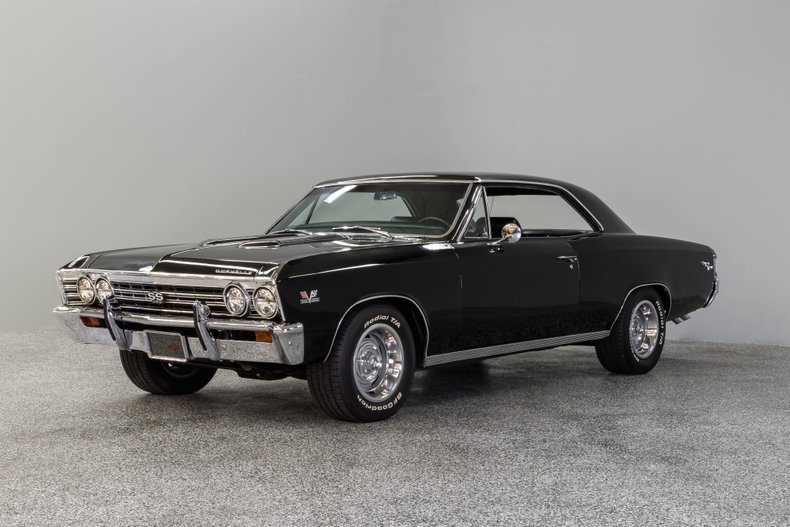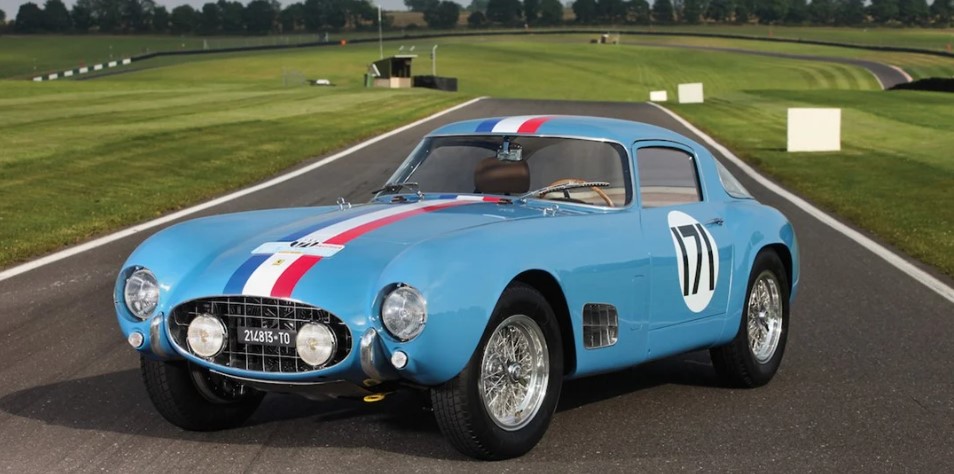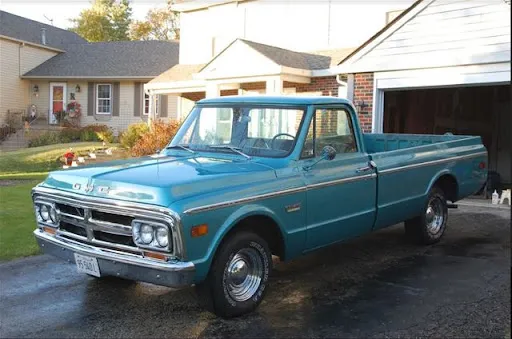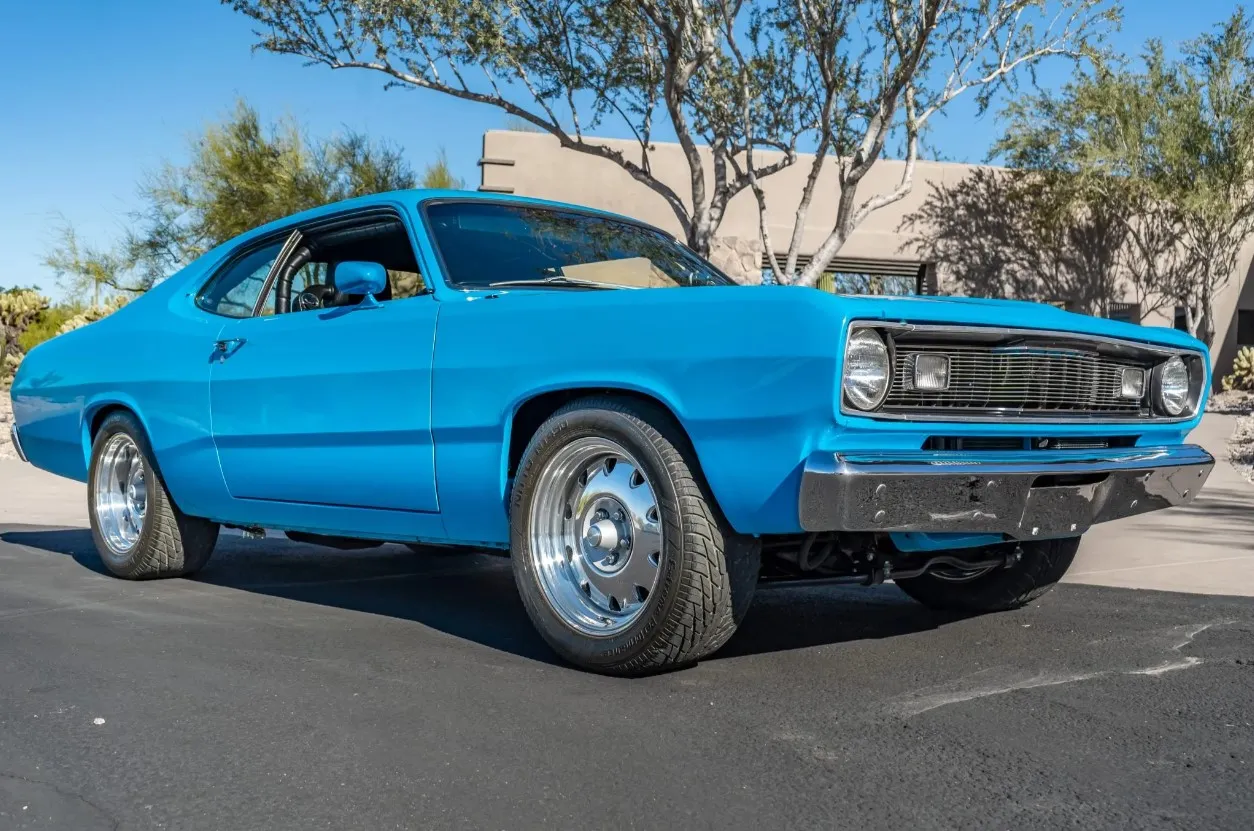Beyond its mechanical prowess and aesthetic appeal, the 1968 Plymouth Sport Fury cultivated a devoted following that transcended mere admiration for its performance. It became emblematic of an era characterized by innovation, freedom, and a rebellious spirit. Enthusiasts flocked to dealerships to catch a glimpse of this automotive marvel, eager to experience the thrill of the open road behind the wheel of a Sport Fury.
Body Color: Metallic Green
Engine Size: 383ci V8
Transmission Type: TorqueFlite Three-Speed Automatic Transmission

A Symbol of Cultural Shifts

The Sport Fury arrived at a time of significant cultural shifts in America. The 1960s were marked by social and political upheaval, and the automobile played a central role in shaping the zeitgeist of the era. With its sleek lines and powerful engines, the Sport Fury embodied the spirit of freedom and individuality that defined the counterculture movement of the time.
Design and Styling

The 1968 Plymouth Sport Fury boasted a bold and aggressive design that exuded confidence and strength from every angle. With its sweeping lines, muscular contours, and distinctive grille, the Sport Fury made a statement wherever it went. The car's long hood, short deck proportions, and wide stance gave it a commanding presence on the road, while details such as chrome trim and dual exhaust outlets added a touch of elegance and sophistication.

Inside the cabin, the Sport Fury offered a spacious and comfortable environment for driver and passengers alike. High-back bucket seats, a center console, and a sporty steering wheel were just a few of the features that contributed to the car's upscale feel. With ample legroom, generous cargo space, and an array of amenities, the Sport Fury was well-equipped to handle long journeys in style and comfort.
Performance and Power

Under the hood, the 1968 Plymouth Sport Fury was powered by a range of potent engines that delivered exhilarating performance on demand. The base engine option was a 318 cubic inch V8, which produced a respectable 230 horsepower. For those seeking more power, Plymouth offered a variety of optional engines, including a 383 cubic inch V8 with up to 330 horsepower, a 440 cubic inch V8 with up to 375 horsepower, and even a monstrous 426 cubic inch Hemi V8 with up to 425 horsepower.

These engines were mated to a choice of transmissions, including a three-speed manual, a four-speed manual, and a three-speed TorqueFlite automatic. With their smooth power delivery and responsive handling, the Sport Fury offered an exhilarating driving experience that was second to none.
Iconic Status in Pop Culture

The Sport Fury's impact extended far beyond the realm of automotive enthusiasts, earning it a permanent place in popular culture. Its appearance in films like "Bullitt," where it shared the screen with Steve McQueen's iconic Mustang, solidified its status as a symbol of power and cool. Similarly, its role in Stephen King's novel "Christine," where it takes on a sinister persona, cemented its place in the annals of literary history.
Innovation and Technology

In addition to its impressive performance, the 1968 Plymouth Sport Fury also featured a range of innovative technologies and features that set it apart from the competition. One notable innovation was the introduction of Chrysler's Electronic Ignition system, which improved fuel efficiency, reliability, and overall engine performance.
Other advanced features included power steering, power brakes, and optional air conditioning, all of which contributed to the Sport Fury's reputation as a luxurious and refined muscle car. Safety was also a top priority, with the Sport Fury offering features such as front disc brakes, energy-absorbing steering columns, and high-strength body construction to protect occupants in the event of a collision.
The Thrill of Restoration

For many owners and collectors, the allure of the Sport Fury lies not only in its performance but also in the thrill of restoration. Bringing a vintage Sport Fury back to its former glory is a labor of love, requiring meticulous attention to detail and a deep appreciation for automotive history. From sourcing rare parts to fine-tuning the engine, the restoration process is a journey of discovery and craftsmanship that connects enthusiasts to the rich legacy of the Sport Fury.
Community and Camaraderie

The Sport Fury has also fostered a vibrant community of enthusiasts who share a passion for these classic cars. From online forums to local car clubs, owners come together to swap stories, share tips, and showcase their prized possessions. The camaraderie among Sport Fury enthusiasts is palpable, with friendships forged over a shared love of these iconic vehicles.
Legacy and Impact

Despite its relatively short production run – the Sport Fury was discontinued after the 1969 model year – the 1968 Plymouth Sport Fury left an enduring legacy that continues to resonate with enthusiasts and collectors today. Its bold styling, powerful performance, and innovative features cemented its status as a true classic of American automotive design.
In popular culture, the Sport Fury has been immortalized in film, television, and literature, appearing in movies such as "Bullitt" and "Christine" and earning a place in the hearts of generations of car enthusiasts. Today, well-maintained examples of the 1968 Sport Fury are highly sought after by collectors, who prize them for their rarity, historical significance, and timeless appeal.

In conclusion, the 1968 Plymouth Sport Fury remains a quintessential symbol of American muscle car excellence. With its bold styling, powerful performance, and innovative features, it continues to captivate audiences and inspire admiration among automotive enthusiasts around the world. Whether cruising the open road or turning heads at car shows, the Sport Fury is a true icon of its era – a testament to the enduring allure of American muscle.
Video Gallery
Photo Gallery
























